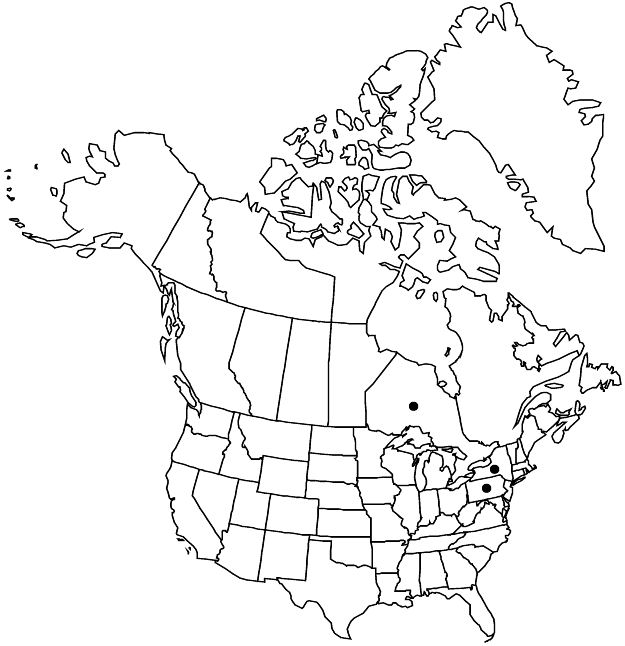Althaea hirsuta
Sp. Pl. 2: 687. 1753.
Herbs annual, 0.1–0.6 m. Stems erect to decumbent, simple or branched at base, coarsely hairy, hairs simple, rigid, stellate, pustulate-based. Leaves: stipules persistent, lanceolate, simple, 5–8 mm, hirsute; petiole as long as blade in proximal leaves, much reduced in distal leaves; blade reniform, those of proximal leaves shallowly 3–5-lobed, those of distal leaves deeply, palmately 3–5-lobed or divided, 1–4 × 1.5–3.5(–4) cm, lobes broad, blunt to acute, margins crenate, to pinnatifid, surfaces hispid-hairy. Inflorescences solitary flowers, long-pedicellate, infrequently racemose-congested distally. Pedicels/peduncles 0.5–8 mm, 8 cm proximally, reduced distally; involucellar bractlets 7 or 8, spreading-erect, lanceolate, 4–13 × 1–4 mm, 1/2+ as long as calyx, slightly accrescent, rigid in fruit, hispid. Flowers: calyx 15 mm, lobes erect, lanceolate-acuminate, 5–15 × 1–3 mm, 2 times as long as tube, pustular-hispid; petals pinkish lilac, fading bluish, 12–20 mm, 1 1-1/2 times as long as calyx, apex entire or slightly notched; staminal column 0.5–1 mm, glabrous, sometimes sparsely glandular; anthers in upper 1/2, pale pink to almost white (yellow); stigmas 10–15. Fruits concealed by erect, accrescent calyx, 8–10 mm diam.; mericarps 10–15, brown, unwinged, reniform, with strong, radiating ridges on lateral face, 3 mm, margins rounded, surface glabrous, obscurely ridged abaxially. Seeds brown, reniform-round, 1–1.3 × 0.7–1.4(–2.5) mm, minutely rugulose, glabrous. 2n = 42.
Phenology: Flowering spring–summer.
Habitat: Disturbed areas
Elevation: 0–100 m
Distribution

Ont., N.Y., Pa., Europe, w, sw Asia.
Discussion
There are very few recent North American collections of Althaea hirsuta. There is an old specimen of this plant from British Columbia dated 1924, but the species has not been collected in the province since then. Current molecular data suggest that it may belong within Malva.
The name Althaea hispida Moench, which pertains here, is superfluous and illegitimate.
Selected References
None.